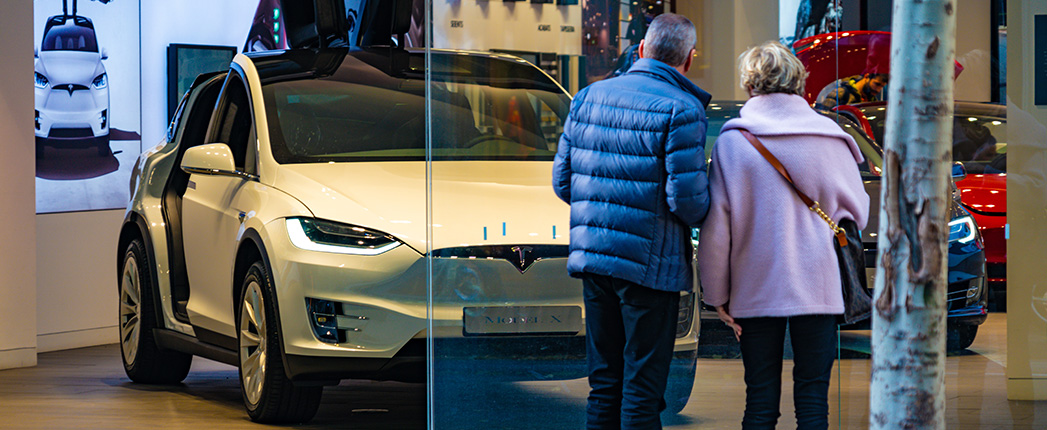
Lubes’n’Greases Exclusive by Boris Kamchev
While there are plenty of electric vehicles to suit every budget and taste in China, the average price of an EV is still above their conventional counterparts in the United States and Europe. While Tesla is slashing prices and pushing performance boundaries – and closing the price parity gap – established European marques are still dallying with luxury rather than the practicalities.
The average price of an electric vehicle in the United States is falling, but it’s making things harder for the auto industry to make them profitable at a time when work needs to be done on assuaging buyer anxieties over charging speed and range, according to a recent market study.
An American car buyer could have expected to pay $55,600 for a battery EV in 2019, down from $64,300 in 2018. This is mostly because Tesla accounted for 80% of U.S. EV sales last year and is ever lowering the price of its entry-level Model 3, Atlanta-based automotive services provider Cox Automotive confirmed with Lubes’n’Gresases.
The authors of the report, Lux Research, an emerging technology consultancy from Boston, places the average BEV’s base manufacturer suggested retail price in 2019 lower at $33,901, down from $42,189 in 2016. Whichever average is correct, they both indicate we are heading for price parity. Bloomberg New Energy Finance expects BEVs to be cheaper than internal combustion engine cars by 2022.
The auto industry, particluarly in the European Union, is under ever-mounting pressure to reduce fleet emissions from its new cars or face punishing fines levied per gram of emitted carbon. Electrified powertrains, especially battery vehicles, are a promising avenue to reduce or eliminate vehicle emissions and curry favor with environmentally aware consumers.
According to Lux Research, major automakers have been focused on making BEVs that are profitable first and trying to address consumer concerns second.
“We’ve seen a large focus on electrifying high-priced brands. Luxury brands offer vehicles at higher prices points and are able to absorb the additional costs of the battery pack,” Christopher Robinson, Lux Research senior analyst, said in a recent news release. “Consumers want to know, how far can this electric car go and what will it cost?”
The average range of a BEV is now a respectable 230 miles, and that has consistently increased since 2011 at a rate of roughly 13% per year. If this rate carries on, BEVs will be within striking range of a internal combunstion engine.
“Currently, BEVs are more expensive and less convenient to use than their non-electric counterparts, but technology will continue to close this gap,” Robinson said.
Lux Research’s report suggest that large original equipment manufacturers, such as VW, Nissan and Ford, can afford to develop dedicated BEV platforms that save money, whereas smaller OEMs need to remain flexible to avoid taking a large financial hit if BEV sales are sluggish to non-existant, as we have seen over the past six months.
Lux Research also believes that automakers with BEV offerings, which is pretty much every major manufacturer, should focus on their battery supply chains, which have been severly tested during the Covid-19 pandemic. It expects to see efficiency front and center as the next major focus of BEV design, with automakers either downsizing battery packs to increase profitability or offering more range.
“Battery shortages have already caused some automakers to reduce their BEV production plans. To fix this issue, which will only be exacerbated over the next few years as more electric vehicles come to market, automakers should secure raw materials like cobalt and lithium for their future vehicles,” according to the report.
As automakers continue to improve charging speed and minimize battery size, more consumers are expected to seek out electric vehicles. Lux predicts that it will take until between 2035 and 2040 for EVs to make up more than half of all vehicle sales. While adoption was tracking ahead of forecasts pre-Covid-19, Lux believes that impacts from the pandemic will only cause short-term setbacks.

Sorry, a technical error occurred and we were unable to log you into your account. We have emailed the problem to our team, and they are looking into the matter. You can reach us at cs@lubesngreases.com.
Click here link to homepage